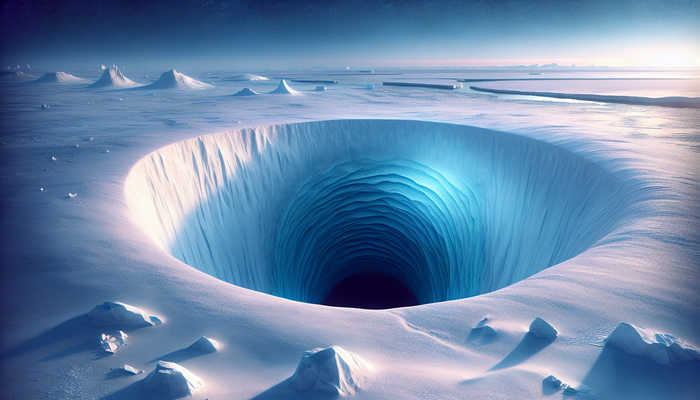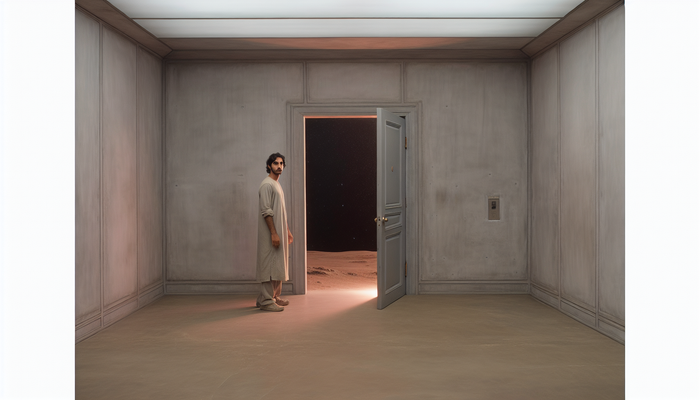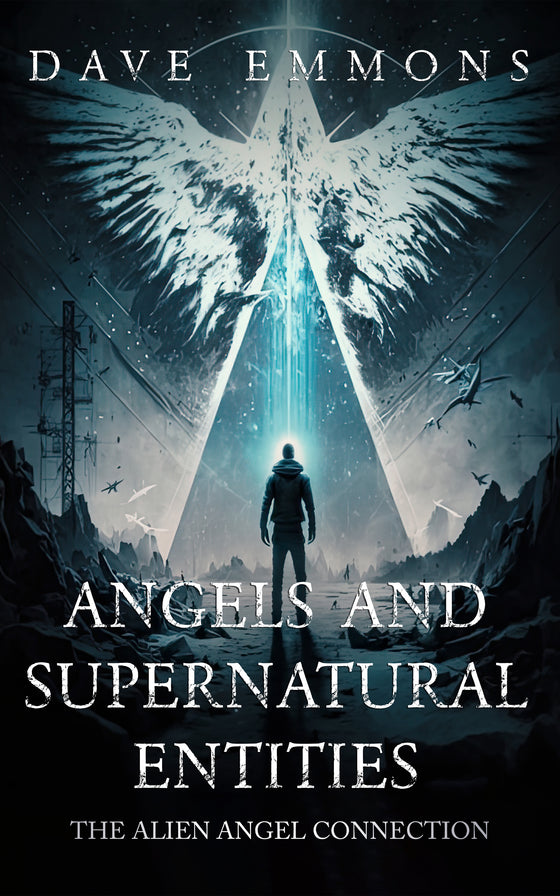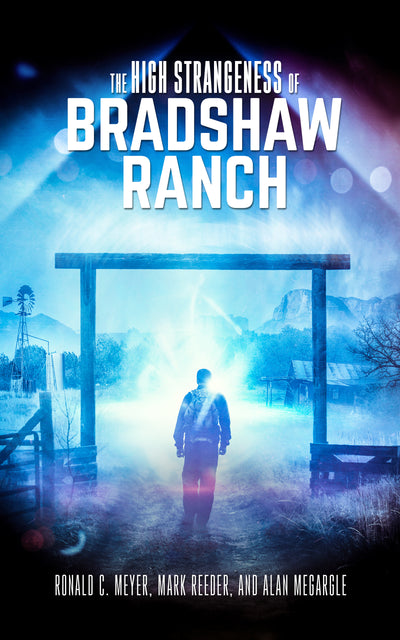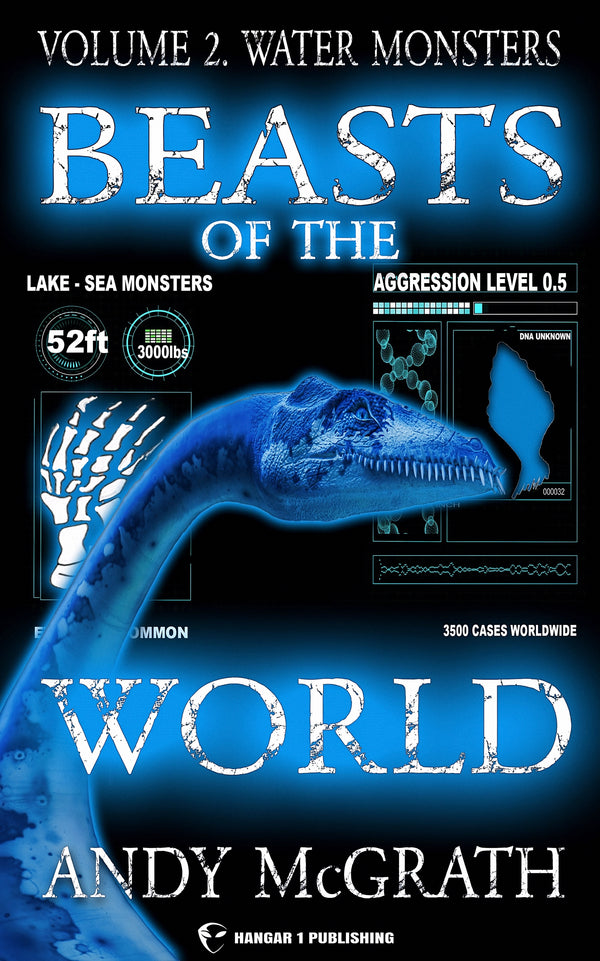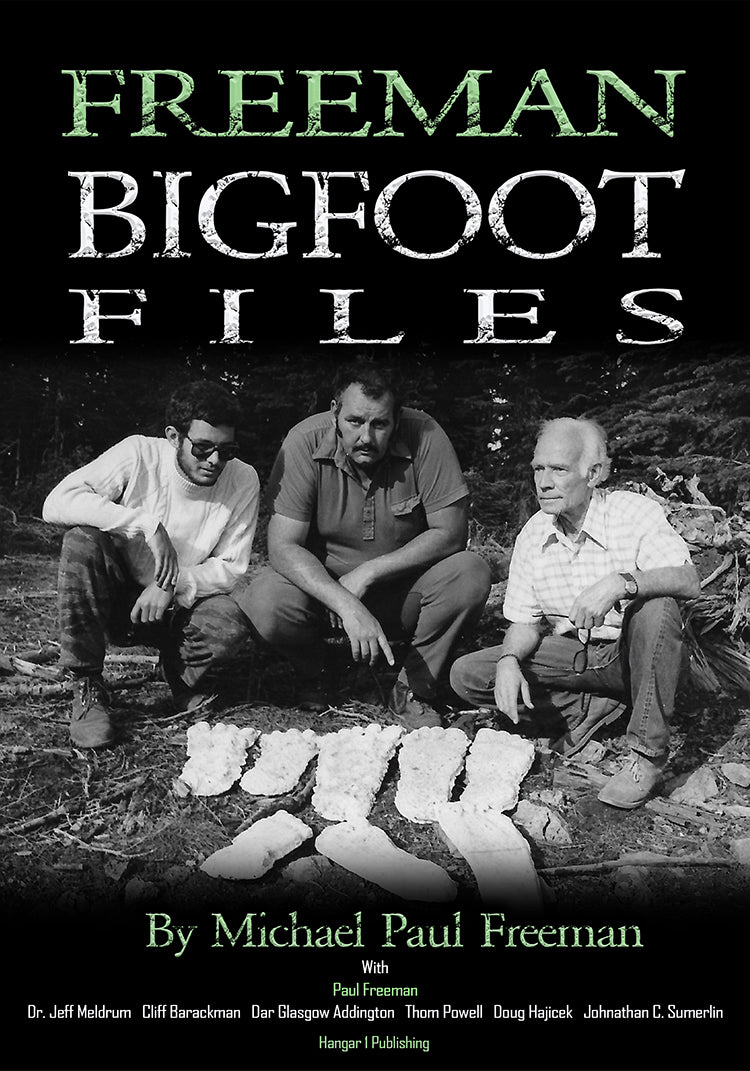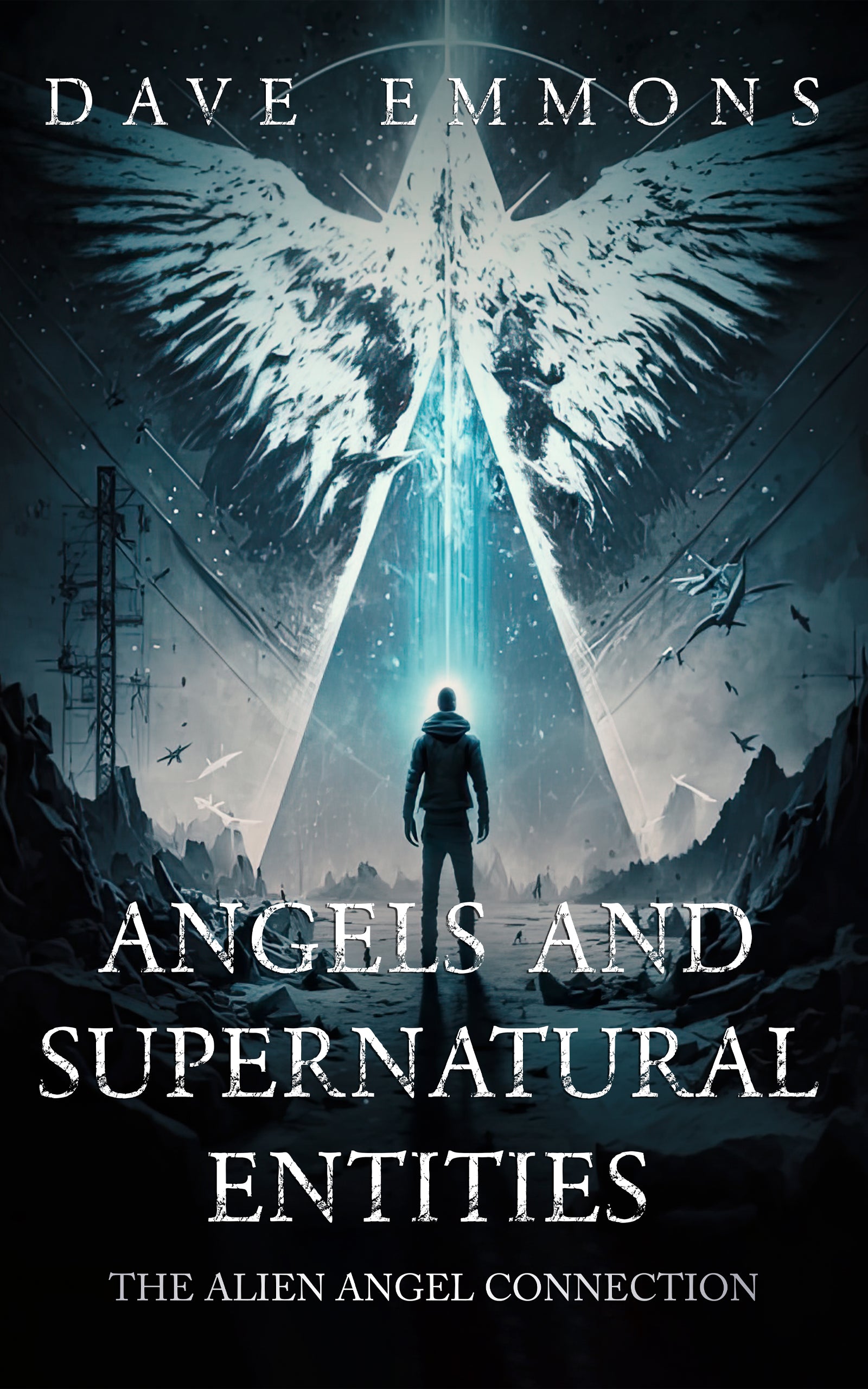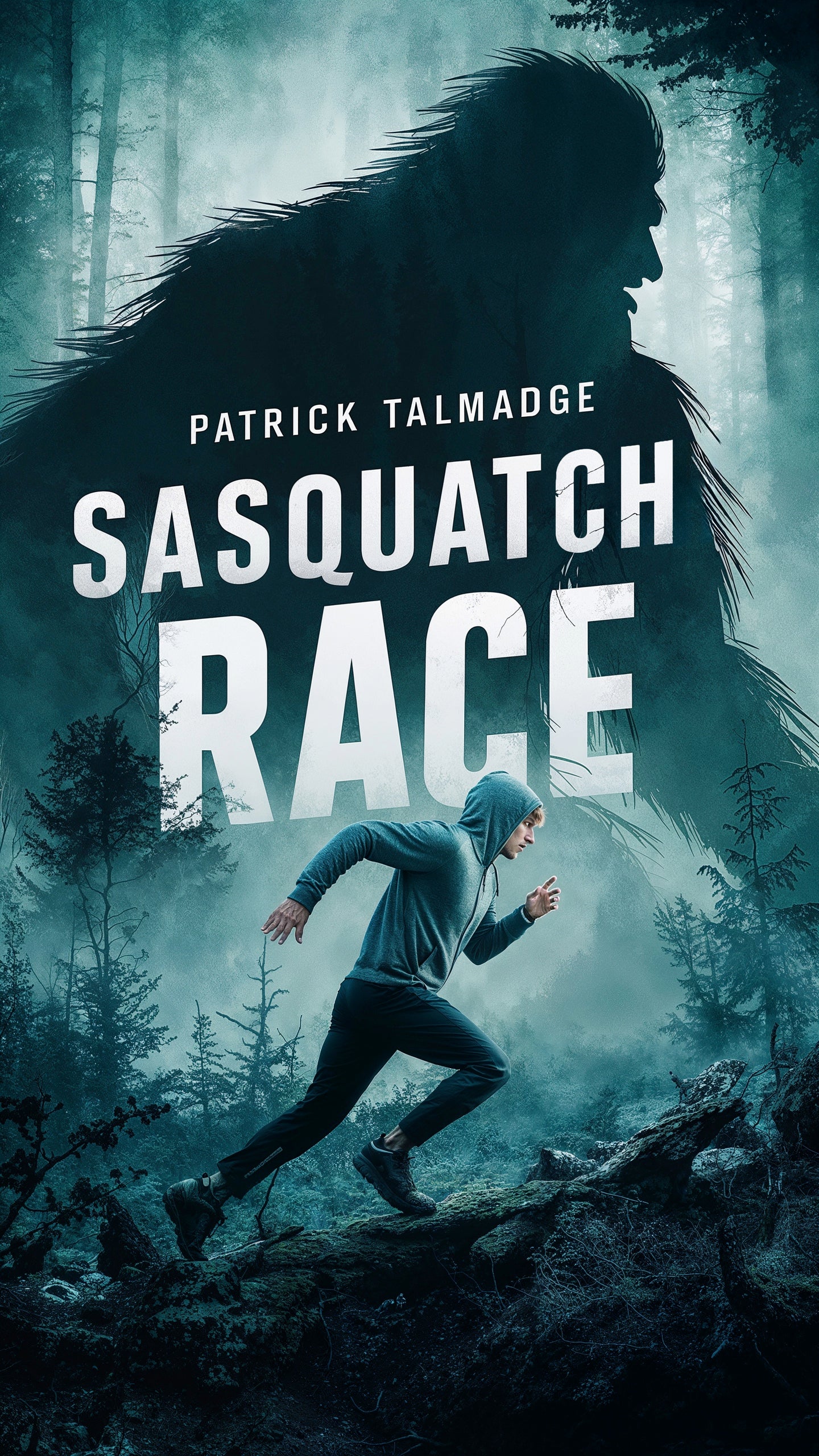Exploring the Dark Side of the Moon

By Howard Callahan, Ufologist
The phrase "dark side of the moon" has become embedded in our collective imagination, conjuring images of mystery and the unknown. What's fascinating is how this expression exists in two parallel worlds - as a groundbreaking rock album and as a misunderstood astronomical feature. Both remain objects of fascination decades after they first captured public attention.
Pink Floyd's masterpiece continues to sell millions of copies annually, nearly fifty years after its release. Meanwhile, the actual far side of our lunar neighbor - incorrectly called the "dark side" - beckons explorers and scientists with its hidden landscapes and unanswered questions. These twin aspects of the "dark side" reveal much about human creativity and our endless quest to understand the cosmos.
Join me on an odyssey through both manifestations of this compelling phrase - from the studio sessions at Abbey Road to the cratered landscape that no human saw until 1959. Along the way, we'll discover how a rock album became a cultural touchstone and why a misnamed hemisphere continues to inspire both scientific inquiry and wild speculation.
The Sonic Depths of the Dark Side - Pink Floyd's Masterpiece
Pink Floyd's "The Dark Side of the Moon" isn't merely a collection of songs - it's a cultural landmark that transcends its medium. Released in March 1973, it remains a fixture on bestseller lists decades later, particularly in vinyl format. Recent reports from Forbes show it climbing charts again after brief absences, displaying remarkable staying power in an industry defined by fleeting popularity.
The album has become mandatory ownership for serious record collectors, with its status as one of the bestselling vinyl albums of all time cementing its place in music history. What's particularly remarkable is how the album continues to connect with listeners who weren't even born when it was released.
The Iconic Album Cover
When you think of "The Dark Side of the Moon," what image springs to mind? For most people, it's that instantly recognizable prism dispersing light into a rainbow spectrum against a black background. This brilliant design came from the UK graphics company Hipgnosis and designer George Hardie. The band, particularly keyboardist Rick Wright, wanted something "simple and bold and dramatic" - a stark departure from the photographic album covers that dominated the era.
What many fans don't know is that the prism wasn't the only design considered. Hipgnosis also proposed using an image based on the Silver Surfer comic book character. As Aubrey Powell of Hipgnosis recalled, "We were all into Marvel Comics, and the Silver Surfer seemed to be another fantastic singular image." While legal issues would have prevented them from using it, imagine how different the album's identity might have been with a silver man on a surfboard scooting across the universe!
Record-Breaking Success
The numbers behind "The Dark Side of the Moon" are mind-boggling. It has sold over 15 million copies in the United States alone and more than 45 million worldwide. But what truly sets it apart is its longevity. The album spent an astonishing 937 weeks on the Billboard 200 chart - that's over 18 years of continuous presence. Recently, it passed 500 frames on the Top Album Sales chart, joining elite company alongside Bob Marley's "Legend" and Metallica's self-titled album.
Creative Evolution
"The Dark Side of the Moon" marked a crucial turning point in Pink Floyd's artistic development. The band had been at a creative crossroads following the departure of their original leader Syd Barrett, who suffered from mental health issues. Their sound in the post-Barrett era had been experimental and jam-oriented, with lengthy instrumental passages and loose structures.
With "Dark Side," they moved toward something more cohesive and lyrically focused. This shift wasn't just about musical style but represented a maturation of their thematic concerns. Roger Waters later explained, "We thought we could do a whole thing about the pressures we personally feel that drive one over the top... the pressure of earning a lot of money; the time thing, time flying by very fast; organized power structures like the church or politics; violence; aggression."
Lyrical Depth
"The Dark Side of the Moon" was the first Pink Floyd album to feature Roger Waters as the sole lyricist. Previously, lyrical duties had been shared among band members, but Waters stepped forward with a clear vision. As he put it, his "big fight in Pink Floyd" was "to try and drag it kicking and screaming back from the borders of space, from the whimsy that Syd was into, to my concerns, which were much more political and philosophical."
The themes Waters tackled were universal and timeless: greed ("Money"), madness ("Brain Damage," "Eclipse"), war and societal division ("Us and Them"), and the relentless passage of time ("Time"). Consider the opening lines of "Time": "Ticking away the moments that make up a dull day / Fritter and waste the hours in an offhand way." Who hasn't felt the quiet anxiety of watching life slip by? Or the haunting observation in "Us and Them" that "Forward he cried from the rear / And the front rank died" - a scathing indictment of how war operates.
The Great Gig in the Sky
One of the album's most striking moments comes on "The Great Gig in the Sky," featuring Clare Torry's extraordinary improvised, wordless vocals. Torry was brought in as a session singer on a Sunday in January 1973, paid the standard flat fee of £30 for her work (equivalent to about £400 today).
She was given minimal direction. As engineer Alan Parsons recalled, "There was a bit of direction given: they said, 'Sorry, we've got no words, no melody line, just a chord sequence – just see what you can do with it.'" In just a couple of hours, Torry recorded several takes, from which the best parts were assembled.
Years later, Torry sued Pink Floyd and EMI for songwriting royalties, arguing that her improvised contribution constituted co-authorship with Richard Wright. In 2005, an out-of-court settlement was reached in her favor. Subsequent releases of the album now credit Torry with "Vocal composition" - a testament to her vital contribution.
Unexpected Cultural Connections
Beyond its musical influence, "The Dark Side of the Moon" had a surprising impact on comedy. The members of Pink Floyd were fans of Monty Python's Flying Circus and often watched the show during recording breaks.
When Monty Python struggled to raise money for "Monty Python and the Holy Grail," the financially flush members of Pink Floyd contributed 10% of the film's initial £200,000 budget. As Terry Gilliam later recalled, "This was at the time income tax was running as high as 90 percent, so we turned to rock stars for finance. Elton John, Pink Floyd, Led Zeppelin, they all had money, they knew our work and we seemed a good tax write-off. Except, of course, we weren't. It was like The Producers."
Recording Innovation
The album's recording at Abbey Road Studios was meticulous. The band made the unusual decision to record all ten songs onto the same reel of 16-track master tape. This approach allowed for greater control over the transitions between tracks, creating that seamless, cohesive experience that has become the album's hallmark.
The title "The Dark Side of the Moon" wasn't originally intended to refer to the actual far side of the Moon but rather to the hidden aspects of human nature - particularly madness. It was a metaphor for psychological darkness. Interestingly, the band had initially named their project "Eclipse" when British blues rockers Medicine Head released their own "Dark Side of the Moon" album. When that record flopped, Pink Floyd reclaimed their original title.
The Celestial Shadow Land - Exploring the Moon's Far Side
Correcting a Common Misconception
When we talk about the "dark side of the Moon," we're usually referring to the side that's permanently turned away from Earth. But this common phrase is actually a misnomer. The correct term is the "far side" of the Moon, and it's not actually dark at all.
Both sides of the Moon receive roughly equal amounts of sunlight. The far side experiences the same cycle of day and night as the near side. It's only "dark" to us in the sense that we can't see it directly from Earth. As Pink Floyd's album concludes: "There is no dark side of the moon, really. Matter of fact, it's all dark. The only thing that makes it look light is the sun."
The term "dark" can also mean "unknown" or "mysterious," which was certainly true of the far side for most of human history. Until the Space Age, no one had ever observed this hidden hemisphere, making it one of the last major geographical discoveries on our nearest celestial neighbor.
Tidal Locking: Why We Only See One Side
The reason we only ever see one side of the Moon from Earth is due to a phenomenon called "tidal locking." This occurs when a celestial body's rotation period matches its orbital period around another body. In the Moon's case, it takes about 29 days both to rotate once on its axis and to complete one orbit around the Earth.
This synchronization isn't a coincidence but the result of gravitational interactions between the Earth and Moon over millions of years. The Earth's gravity has gradually slowed the Moon's rotation until it reached this equilibrium point.
Think of it like a race car drifting on the curved portions of an oval racetrack. The Moon has a tendency to want to spin faster, but Earth's gravitational pull holds it in place. Interestingly, the Earth is experiencing the same gravitational effect from the Moon, albeit much more slowly. In a few billion years, the Earth's rotation will match the time it takes the Moon to orbit - about 40 days. At that point, the same side of Earth will always face the Moon.
Lunar Libration: Seeing Around the Edges
Despite being tidally locked, we actually see slightly more than 50% of the Moon's surface from Earth over time. This is due to a phenomenon called libration, an apparent wobbling or oscillation of the Moon as seen from Earth.
Libration allows us to peek around the edges of the Moon's visible disk, seeing up to 59% of the total lunar surface. There are several types of libration:
- Longitudinal (due to the Moon's elliptical orbit)
- Latitudinal (from the Moon's axial tilt)
- Diurnal (caused by Earth's rotation)
These wobbling motions mean that regions like Mare Orientale and Crater Einstein, which lie close to the dividing line between the near and far sides, are occasionally visible from Earth.
First Glimpses of the Far Side
For all of human history until the mid-20th century, the far side of the Moon remained completely unknown. This changed dramatically with the dawn of the Space Age. On October 7, 1959, the Soviet spacecraft Luna 3 made history by capturing the first images of the Moon's far side. The mission was part of the intense space race between the Soviet Union and the United States.
The images from Luna 3 were fuzzy and indistinct by modern standards, but they revealed something surprising: the far side looked dramatically different from the familiar face we see from Earth. It had far fewer of the dark patches (maria) that are prominent on the near side.
Since Luna 3 was a Soviet mission, Russian scientists got to name many of the newly discovered features. They named one of the largest dark areas Mare Moscoviense (Sea of Moscow) and a prominent crater Tsiolkovskiy, after the Russian rocket scientist Konstantin Tsiolkovsky.
Human Eyes on the Far Side
In December 1968, the Apollo 8 mission became the first to carry humans around the Moon. For the first time, human eyes directly observed the far side. Astronaut Jim Lovell eloquently described the experience:
"We entered lunar orbit on the dark side, and the Moon, nowhere to be seen. As we continued to orbit, shards of sunlight started to illuminate the peaks of craters just 60 miles below. Finally the far side was bathed in sunlight and we stared in silence as the ancient far side craters slowly passed underneath. I was observing alive that part of the Moon that had been hidden from man for millions of years."
Two Faces of the Moon
The most obvious difference between the near and far sides of the Moon is the distribution of maria - the large, dark plains created by ancient lava flows. The near side is dominated by these dark patches, while they're relatively scarce on the far side.
Instead, the far side is heavily cratered, with impacts of various sizes covering much of the surface. Another significant difference is the thickness of the lunar crust. The far side's crust is approximately 30 miles thicker than that of the near side, which helps explain the visible differences between the two hemispheres.
Scientists have proposed several theories to explain why the two sides are so different:
- One suggests that in the early history of our solar system, a young dwarf planet collided with the Moon. This impact would have thrown up huge amounts of material, which eventually fell back onto the Moon's surface, burying the far side in five to ten kilometers of debris.
- Another theory proposes that when the Moon was first forming and still molten, heat from the still-hot Earth slowed the cooling process on the near side. The far side, facing away from Earth, cooled faster, forming a thicker crust. When meteoroids later impacted the near side, they could sometimes punch through the thinner crust to the still-molten mantle beneath, releasing lava that spread across the surface to create the maria.
Earthshine: Light from Home
While we typically focus on how the Sun illuminates the Moon, there's another important source of light: Earth itself. Earthshine occurs when sunlight reflects off the Earth and faintly illuminates the parts of the Moon that aren't directly lit by the Sun.
You can observe this phenomenon during crescent moon phases. The thin crescent is brightly lit by direct sunlight, but the rest of the disk is faintly visible due to earthshine - sometimes poetically called "the old moon in the new moon's arms."
From the perspective of someone on the Moon, Earth appears much larger and brighter in the sky than the Moon does from Earth. A "full Earth" as seen from the Moon is about 34 times brighter than a full Moon seen from Earth. This reflected light significantly illuminates the lunar landscape during lunar night.
Recent Explorations of the Far Side
In January 2019, China's Chang'e 4 mission made history by achieving the first successful soft landing on the far side of the Moon. The mission targeted the Von Kármán crater within the South Pole-Aitken Basin, a massive impact structure on the far side.
The landing required special communications arrangements, as the Moon's bulk blocks direct radio signals between the far side and Earth. China deployed the Queqiao relay satellite to maintain contact with both the lander and mission control.
More recently, in 2024, China's Chang'e 6 mission returned the first samples ever collected from the far side. These samples, taken from the Apollo crater within the South Pole-Aitken Basin, are providing unprecedented insights into the geological history of this region.
Initial analyses indicate the presence of basaltic rock fragments dating back 4.2 and 2.8 billion years, revealing at least two distinct volcanic events. These ages differ from the volcanism on the near side, which primarily dates back more than 3 billion years.
The Far Side as a Scientific Observatory
One of the most compelling scientific reasons to explore the far side is its potential as a site for radio astronomy. The far side offers a unique advantage: it's shielded from Earth's radio noise by the entire mass of the Moon.
On Earth, radio astronomers must contend with interference from human-made sources - everything from cell phones to television broadcasts. This radio pollution makes it difficult to detect faint signals from the distant universe, particularly at certain wavelengths.
A radio telescope on the far side would be protected from this interference and could detect low-frequency radio waves that don't reach Earth's surface. These capabilities would allow astronomers to study phenomena like the cosmic dark ages - the period before the first stars formed - potentially revealing secrets about the universe's earliest moments.
Mysteries and Conspiracies
The far side of the Moon, hidden from direct Earth observation for most of human history, has become fertile ground for conspiracy theories and speculation about alien activity and government cover-ups.
Some conspiracy theorists claim that astronauts encountered evidence of extraterrestrial presence on the Moon but were silenced by NASA. These theories often cite alleged "missing" radio transmissions, destroyed photographs, or edited transcripts.
Some actual observations have fueled speculation. During the Apollo 10 mission in 1969, astronauts reported hearing strange sounds described as "whistling space music" while orbiting the far side. This was later explained as interference between different radio systems on the spacecraft, though not everyone accepts this explanation.
Various individuals claiming to be former NASA employees or contractors have come forward with stories about alien bases or artifacts on the far side. For example, a man named Carl Wolf claimed that while working at NASA's Lunar Orbiter project facility in 1965, he was shown photographs of structures including "mushroom-shaped buildings, spherical buildings, and towers" on the far side.
While these accounts are compelling, they remain anecdotal and lack substantiating evidence. Critics note that many of these whistleblowers' credentials and roles have been challenged, and their stories often change over time.
Now, as we enter a new era of lunar exploration with multiple countries and private companies planning missions to the Moon, including its mysterious far side, perhaps we'll gain new insights that either put these speculations to rest or raise even more intriguing questions about our celestial neighbor.
The Future of Both "Dark Sides"
The future of both "Dark Sides" remains bright. Pink Floyd's album continues to find new listeners and maintain its bestseller status five decades after its release. Meanwhile, the Moon's far side beckons with scientific opportunities, from understanding our nearest neighbor's formation to potentially hosting instruments that could unveil cosmic secrets.
Whether through music or spacecraft, our fascination with the "dark side" reminds us of our persistent curiosity about hidden realms - whether they exist in outer space or within our own minds.
From Bigfoot to UFOs: Hangar 1 Publishing Has You Covered!
Explore Untold Stories: Venture into the world of UFOs, cryptids, Bigfoot, and beyond. Every story is a journey into the extraordinary.
Immersive Book Technology: Experience real videos, sights, and sounds within our books. Its not just reading; its an adventure.



